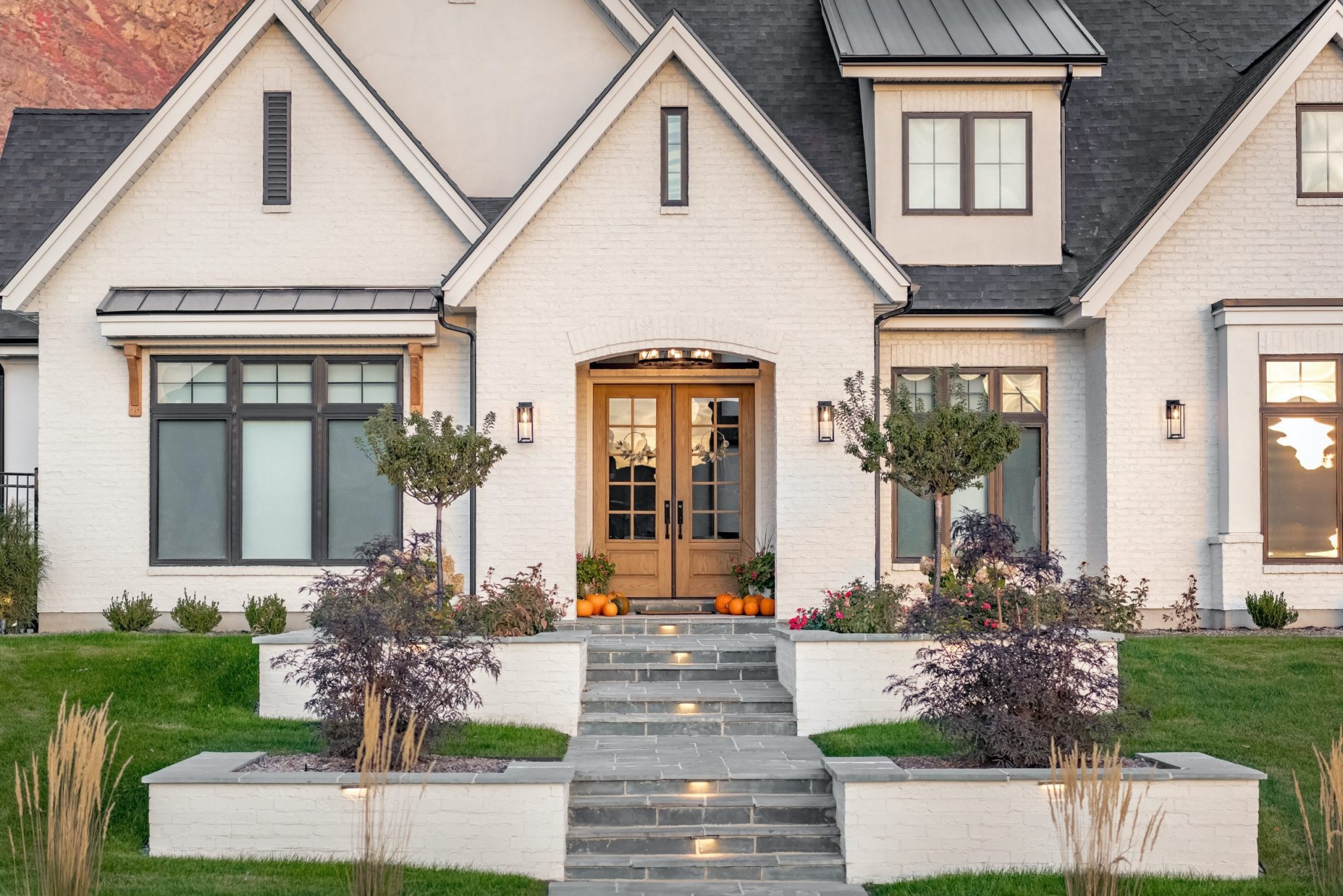Introduction
A home is more than just a place to live—it’s a sanctuary, a place where families grow, create memories, and feel secure. Creating a comfortable and functional home is essential for improving the quality of life for everyone in the household. In this article, we will explore how to design your home to meet your needs, enhance your comfort, and foster a sense of well-being.
Understanding the Importance of a Home
The concept of “home” goes beyond its physical structure. It’s where we gather with loved ones, find relaxation, and seek refuge from the outside world. The design, layout, and ambiance of a home can significantly influence emotional well-being, relationships, and productivity.
Key Elements of a Comfortable Home
- Space Planning: One of the most important aspects of a functional home is effective space planning. Organize each room to serve its intended purpose. For example, the living room should encourage relaxation and conversation, while the kitchen should be optimized for meal preparation and family interactions.
- Lighting: Lighting plays a crucial role in setting the mood and atmosphere of your home. Use natural light whenever possible, as it boosts mood and energy levels. Incorporate soft, ambient lighting in the evening to create a cozy and inviting environment.
- Storage Solutions: Clutter can quickly make a home feel disorganized and stressful. Use storage solutions like shelves, bins, and multi-purpose furniture to keep your home neat and tidy. Decluttering regularly can also promote mental clarity and peace of mind.
- Comfortable Furniture: Invest in furniture that supports relaxation and comfort. A cozy couch, a supportive mattress, and ergonomic chairs can make a significant difference in how your home feels. Make sure furniture is also durable and easy to maintain.
- Personalization: Your home should reflect your personality and preferences. Incorporate personal touches like family photos, artwork, and souvenirs from travels. Personalizing your space helps create an environment that feels like a true home.
Creating Functional Spaces
- Multi-Use Rooms: In many homes, space can be limited. Opt for multi-use rooms that can serve multiple purposes, such as a home office that doubles as a guest room or a dining area that can be used for homework or hobbies.
- Kid-Friendly Spaces: For families with children, create designated spaces for play, study, and relaxation. Keep toys, books, and learning materials organized in accessible areas to encourage independence.
- Outdoor Spaces: If you have outdoor space, create an area where you can enjoy fresh air and nature. A well-maintained garden or patio can be a relaxing spot for family gatherings or personal relaxation.
Sustainable Living at Home
Many families are now focused on sustainability and reducing their environmental impact. Simple changes like using energy-efficient appliances, reducing waste, and incorporating eco-friendly materials can make your home more sustainable and cost-effective in the long run.
Conclusion
Creating a comfortable and functional home is essential for improving the well-being of everyone who lives there. By considering aspects like space planning, lighting, storage, comfort, and personalization, you can design a home that meets your needs and enhances your daily life.
